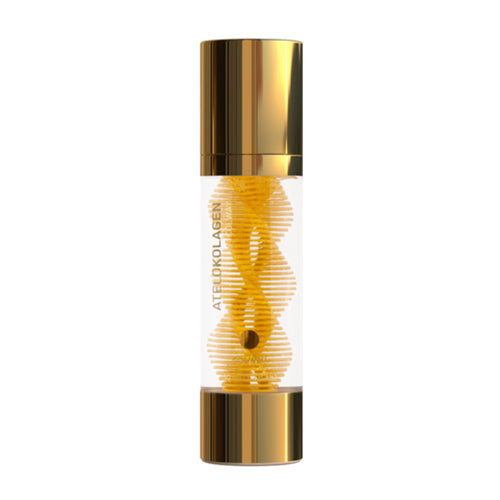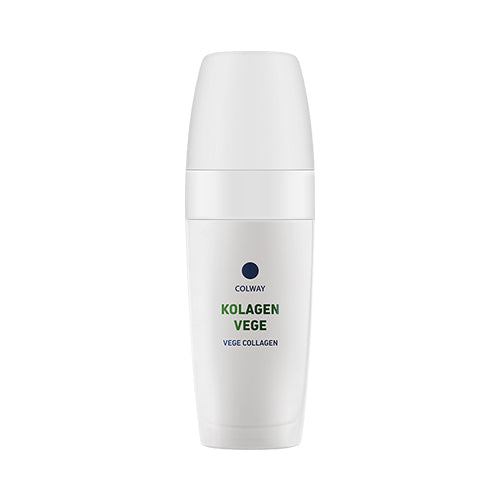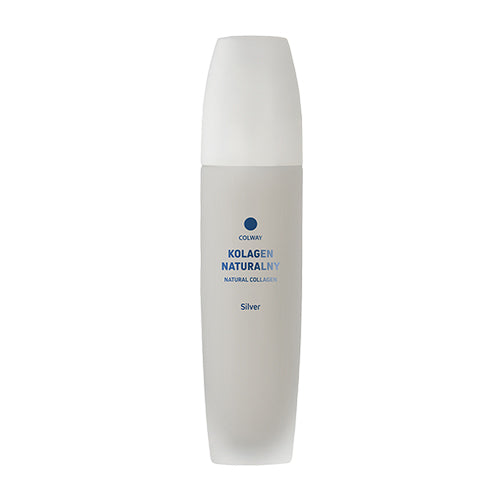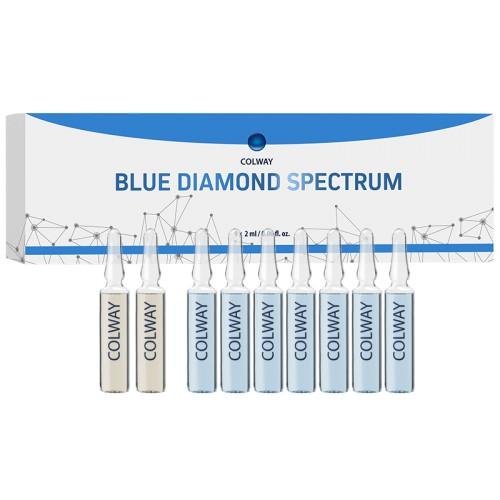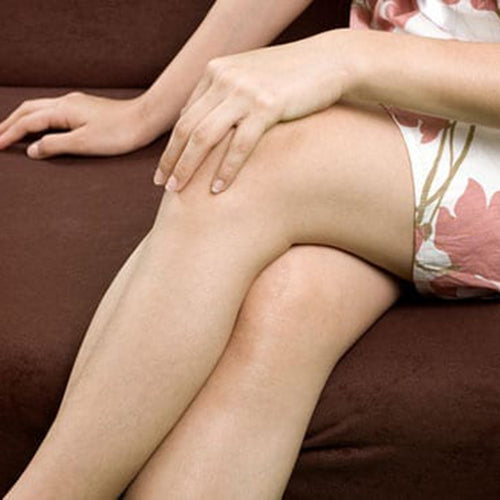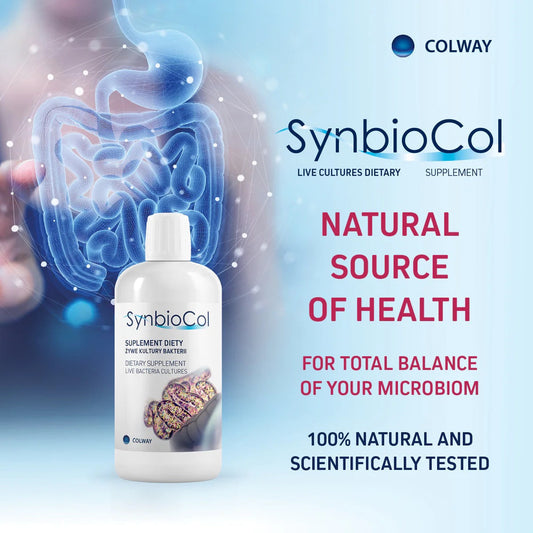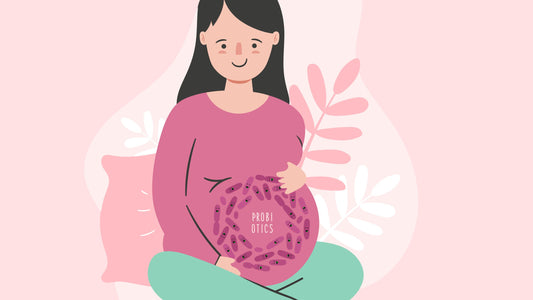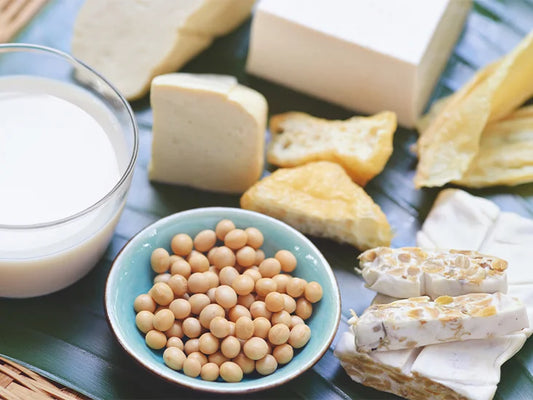Symptoms, Causes and Home Remedies for Varicose Veins
They’re as common as mosquitoes in summer and about as beloved. Unfortunately, there’s no repellent for varicose veins and spider veins, but we’ll explain the causes and provide health remedies to help.
WHAT ARE VARICOSE AND SPIDER VEINS?
Varicose and spider veins are similar, but not exactly the same thing. Here’s the difference between them, in terms of appearance:
- Varicose veins appear as gnarly, ribbonlike tubes that push against the skin, giving a raised, bubbly effect in shades of blue and purple.
- Spider veins look more like leafless tree limbs that sit just beneath the skin’s surface, forming dense clusters in reds and blues.
While any vein can become varicose or spider, the legs, feet, and ankles are favorite hangouts. Thank you, gravity! Pressure from standing and walking increases blood pressure within the legs, which can compromise the circulatory system and inhibit the flow of blood from the lower extremities back to the heart. Spider veins also are common on the face, particularly around the nose and eyes, where skin is most delicate.
Usually, these vein issues are purely cosmetic in nature, but sometimes they can be a red flag for more serious circulatory issues and warrant a doctor’s visit.
SYMPTOMS OF VARICOSE VEINS
Besides the appearance, other symptoms include:
- aching or feelings of heaviness in the legs
- burning or throbbing in your legs
- cramping in your legs, particularly at night
- swollen feet and ankles
- bleeding from the vein
- itchiness around the vein
- pronounced pain in your legs after long periods of sitting or standing
Varicose veins are rarely a serious condition. If you have fears about blood clots or closed veins, know that varicose and spider veins are superficial; your body relies on much deeper vessels and veins for blood flow.
However, see a professional if your veins are causing you pain, the skin is sore, or the aching is disturbing your sleep at night.
WHAT CAUSES VARICOSE VEINS?
Who gets varicose veins? Age and genetics are the most common risk factors, but there are a few others to consider.
- Age: Veins lose elasticity and weaken as we age, causing blood to pool and veins to bulge. More than 40% of women over age 50 and 75% of women over age 70 have varicose veins.
- Genetics: Well, you can finally blame your mom for something! The way your vein walls or valve functioning work runs in families.
- Gender: Women are more prone to the condition, which is believed to be linked to pregnancy with extra weight, greater abdominal pressure, and increased blood flow. Hormonal fluctuations also causes blood vessels to dilate. Hormone replacement therapy and birth control pills seem to increase your chances of developing the condition.
- Obesity: More weight puts more pressure on your leg veins. Moderately overweight women are more likely to have varicose veins than their thinner counterparts, and the risk is tripled in obese women.
- Sedentary Lifestyle: Lack of activity slows blood flow.
- Occupation: Having a job that requires prolonged standing is a risk factor. Women who spend more than 75% of their working time standing or walking are more likely to have varicose veins than others.
HOME REMEDIES FOR VARICOSE VEINS AND SPIDER VEINS
While it’s not possible to “cure” them, there are several home remedies for varicose and spider veins, including:
- Movement! Force yourself to get up every 30 minutes to 1 hour. Avoid sitting still or standing for long periods.
- Exercise! Exercise! Exercise! Even a daily 30-minute brisk walk can help to improve circulation, tone calf muscles, alleviate pressure, and reduce swelling—as well as support a healthy weight.
- Put your feet up. When at rest, elevate the legs. Raising your legs above the level of your heart gives your veins a break as they don’t have to work against gravity.
- Invest in compression stockings, which can aid in contraction of the veins and muscles in the legs to increase blood flow. For mild symptoms, regular support stockings or over-the-counter compression stockings should help. For more severe symptoms, your health professional will prescribe a special stocking.
- Increase fiber in diet. This means incorporating more whole grains like bran, plus fruit and vegetables. Eating fiber reduces the chances of constipation.
- Reduce salt intake. Eating less salt can help with the swelling that comes with varicose veins.
- Lose the high heels. They put undue stress on your legs.
- Avoid tight clothing around the waist and legs.
If all else fails and you’ve exhausted the self-care treatments, consult your doctor, who can suggest a variety of procedures, mostly outpatient, to alleviate your discomfort.

